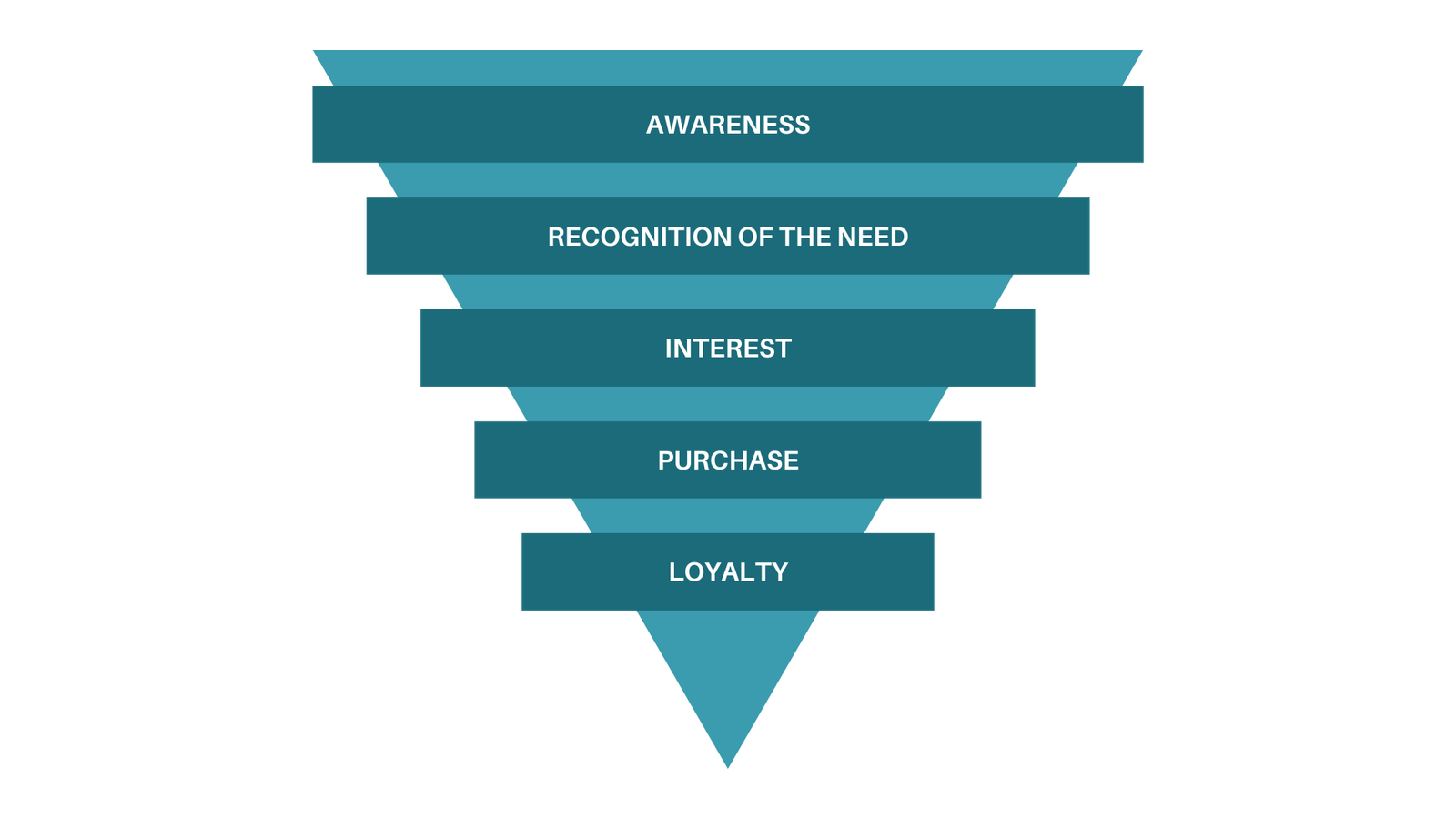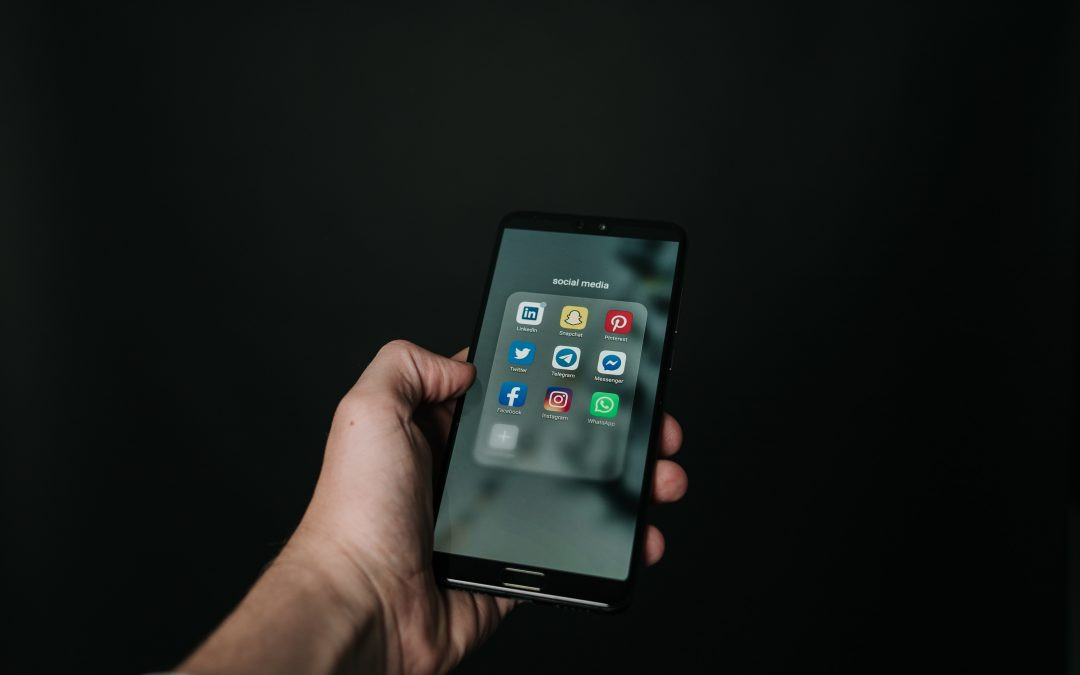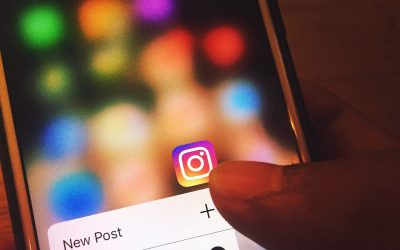Each communication channel has a different function: attract, retain, convert, etc. We must use them wisely, combining the ones that best suit our business style and creating a strategy that allows us to make the best use of each one.
To help you understand what each channel represents, and so choose the best one to invest in, we discuss them below. But first, do you know the sales funnel? Let’s talk a little about it to understand the role of each marketing channel.

The sales funnel is the model that describes the journey that the customer goes through from the first contact with the company to its loyalty. At the top of the funnel are the brand discovery stages. The company’s product or service was, until then, unknown to the customer. It is at this moment that it has its first contact with the company and may become interested in it.
The middle of the funnel is the part of the journey where the customer recognizes a need that the product or service can address. At this moment, the customer starts to recognize the company as a provider of solutions to their problem.
The bottom of the funnel is the moment of conversion. When a lead — who has already qualified in the previous steps — has the power to make a purchase decision. The customer recognized their authority during the journey and is now ready to close the deal. As important as the conversion is loyalty. The bottom of the funnel also establishes customer loyalty after the purchase.
Social media: attract and engage
Social media are channels to be worked on at the top of the funnel. It should be a means of attracting new leads. It is important to remember that social media are means of entertainment. People who are there seek to relax, have fun, and spend their free time. This means that you must create content accordingly. What does your audience do on social media? Try to communicate with it that way.
Remember that at the top of the funnel, people still don’t know who your company is, and people on social media aren’t looking for a solution to a problem yet. Therefore, you must create content that is easy to engage and share, content that attracts. Try infographics, short videos, animations, carousels, and shareable content.
Website: your source of information
On your website, you can create more in-depth content, offering rich material to the lead. You can create articles, make ebooks available, and create complete pages about each of your products or services. For this reason, it can be considered a mid-funnel channel. We attract the lead through social media and take them to the website to qualify them.
But beyond that, if we consider organic traffic and SEO techniques, we can say that the website is important for any stage of the funnel.
Email Marketing: retention and sales
This is a channel that can be used both in the middle of the funnel and at the bottom of the funnel. After being attracted, leads need to be nurtured with relevant content. This is the ideal channel to create more elaborate and in-depth content. It’s time to educate your lead and teach them more about your product or service. Provide educational materials, and articles related to your industry. Introduce your company, your work methodology, and all your solutions.
If you use the blog, for example, as a mid-funnel channel, email marketing can be worked towards the bottom of the funnel. Since your lead already knew your solutions and had access to valuable content, now generate a direct connection to sales. Create specific strategies for each attracted audience. You can track the path your audience took on your website. See which product or service they were most interested in and offer benefits directly to them.
Well, now that we’ve talked about the possibilities of existing channels, you might be wondering: what about the answer to the question in the title of this article? It’s simple: none of these channels will work alone, the secret lies in knowing how to use each one at the right time and in the right way. Their combination is what will make the difference in your strategy.
This article is part of the Digital Presence series. Click here to see the complete series.
Read more
Do I need to have a very large team?
Reading the previous articles in this series on digital presence, you may have realized how important planning is. To define the best channels to be used and a strategy applied to each one of them will need to be well processed. And thinking about all that good...
Is it okay to repeat the post?
Have you ever wondered whether or not to repeat the content that has already been posted? See our suggestions.
What does it take to have a good digital presence?
To establish an effective digital presence you need to create three levels of interaction with the public: attraction, information, and retention.





